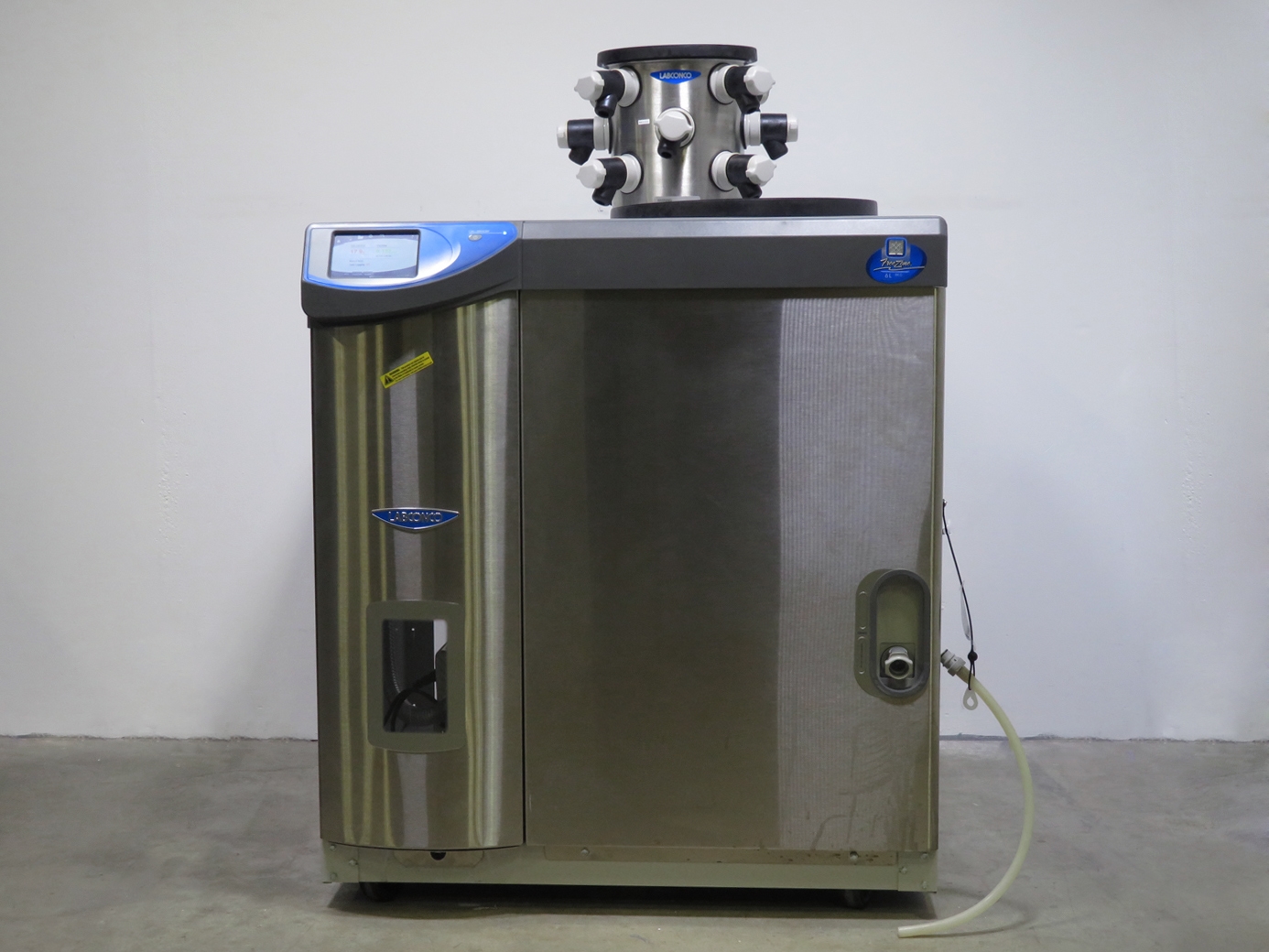
How to Choose the Right Recertified Freeze Dryer for Your Research Needs
When it comes to conducting research that involves lyophilization, having the right equipment is crucial to success. A freeze dryer, also known as a lyophilizer, is essential for dehydrating perishable materials, making them easier to store and extending their usability. However, brand new freeze dryers can be quite costly, which makes recertified freeze dryers an attractive option for many labs. If you’re considering a recertified freeze dryer for your research needs, it's essential to choose one that fits your specific requirements without compromising on quality. Here’s a comprehensive guide on how to select the right recertified freeze dryer to boost your research efficiency and outcomes.
Understand Your Application Requirements
The first step in selecting a recertified freeze dryer is to clearly understand your application requirements. Different research needs demand different specifications in a freeze dryer. Here are some common considerations:
- Sample Type: Consider what types of samples you will be freeze-drying. Aqueous solutions may require a basic model, whereas solvents like acetonitrile might need a freeze dryer with advanced capabilities, such as those offering lower temperatures.
- Volume and Batch Size: Evaluate the amount of material you need to process in each batch. Freeze dryers come in various sizes from benchtop units for small volumes to floor models that can handle several liters of material.
- Frequency of Use: Determine how often you will use the freeze dryer. High usage requires a machine with a durable build and possibly more quick defrost and maintenance features.
Check for Essential Features
Recertified freeze dryers can offer significant savings, but it's important to ensure they have the essential features necessary for your work:
- Temperature Capabilities: Ensure the freeze dryer can reach the necessary temperatures for your specific samples. Most units reach temperatures around -50°C, but some samples might require -84°C or even -105°C.
- Vacuum System: The efficiency of a freeze dryer largely depends on its vacuum system. Look for a dryer with a high-quality pump and check the vacuum performance specifications.
- Control System: Modern freeze dryers come with advanced control systems that allow for precise process control and flexibility. Make sure the recertified model has an intuitive interface and programmable settings.
- Manifold Type: Depending on whether you’re freeze-drying in bulk or in vials, choose a dryer with the appropriate manifold. Manifolds with more ports offer greater flexibility for different container types.
Assessing System Features and Specifications
When selecting a recertified freeze dryer for your research needs, focusing on the system’s features and specifications is crucial for ensuring it meets your lab’s requirements:
- Performance Certification: Ensure the freeze dryer has been recertified to perform to the original manufacturer’s specifications. This includes comprehensive testing to confirm that all system functions operate effectively, ensuring reliability in your critical research applications.
- System Capacity and Efficiency: Evaluate the ice holding capacity and the rate of water removal to ensure the system can handle your anticipated load sizes and throughput requirements efficiently. A system that matches your daily processing needs will optimize your lab's workflow.
- Advanced Control Systems: Look for freeze dryers equipped with sophisticated control systems that offer precise management of the lyophilization process. Systems with programmable settings, real-time monitoring, and automated sensors can greatly enhance process accuracy and reproducibility.
Evaluating Operational Features
Understanding the operational features of a freeze dryer can help you gauge its utility and ease of use in your lab:
- Manifold and Chamber Options: Consider the type and configuration of the manifold and drying chamber. Ensure they are suitable for the types and sizes of samples you plan to process, whether you're dealing with bulk materials or individual vials.
- Defrost Capabilities: Check if the system includes efficient defrost functions to maintain performance and ease of maintenance. Auto-defrost features can save time and prevent operational delays.
- Safety and Monitoring Protocols: Investigate the safety features integrated into the freeze dryer, such as alarms for system malfunctions and real-time monitoring capabilities that can alert you to any critical changes in performance parameters.
Understanding System Adaptability and Expansion
Finally, consider how well the freeze dryer can adapt to future changes in your research requirements:
- Scalability: Assess whether the freeze dryer can be scaled up or modified with additional accessories or attachments to accommodate growing or changing research needs.
- Compatibility with Lab Space and Infrastructure: Ensure that the freeze dryer’s size, energy requirements, and operational noise levels are compatible with your available lab space and infrastructure.
- Environmental Impact: Consider the environmental impact of the freeze dryer, particularly its energy efficiency and the type of refrigerants used. Opting for systems with eco-friendly refrigerants like R600a can reduce your lab's carbon footprint.
Choosing the right recertified freeze dryer involves a careful examination of your specific needs and the capabilities of the system. By prioritizing performance certification, you guarantee the reliability of your equipment. Capacity and efficiency evaluations ensure that the freeze dryer will handle your lab's workload effectively, while advanced control systems enhance your operational precision and consistency.
Operational features like manifold configurations and defrost capabilities play a crucial role in day-to-day lab activities, influencing the ease and efficiency of sample processing. Meanwhile, the system's safety and monitoring features safeguard your research materials, providing peace of mind and stability in your experiments.





